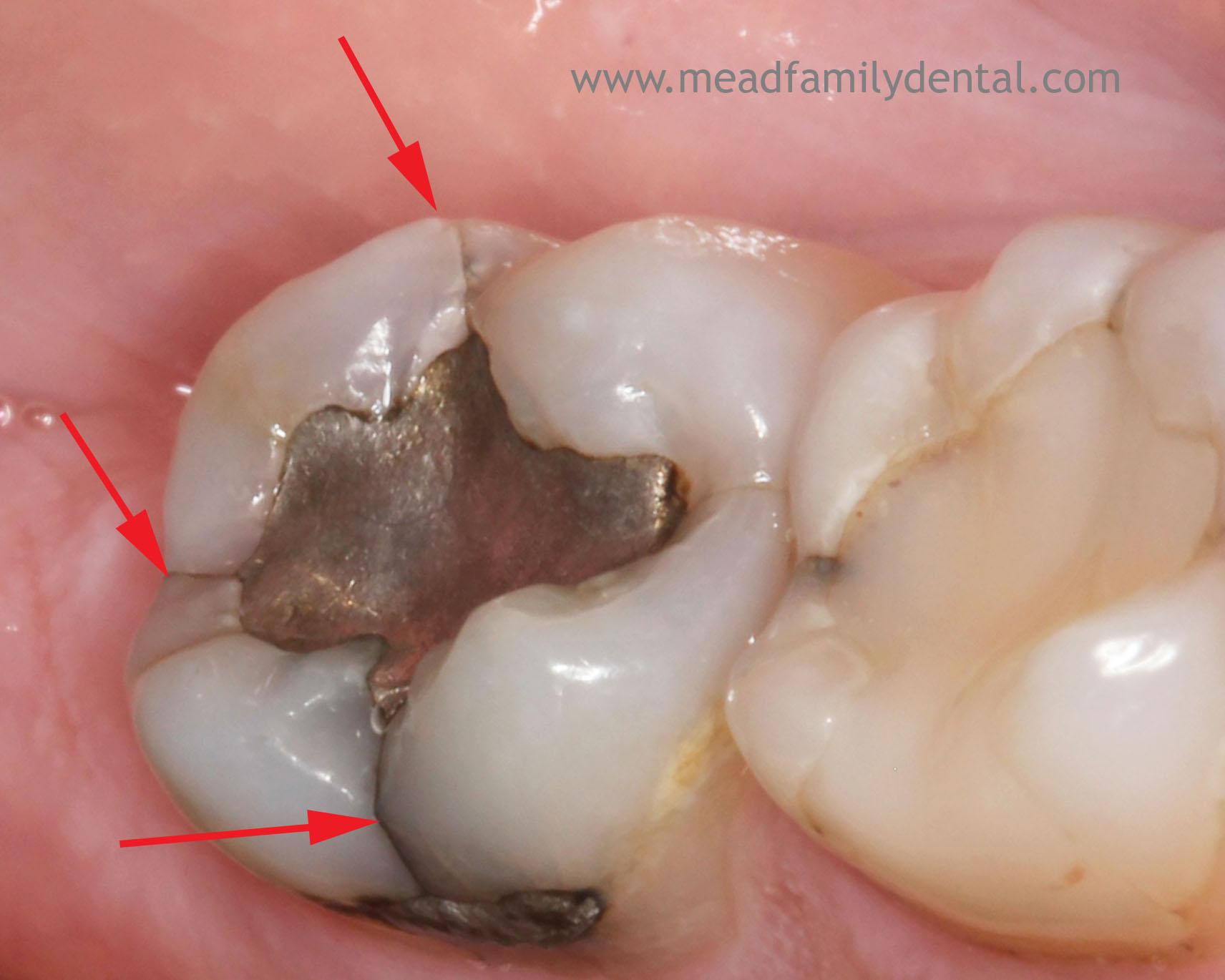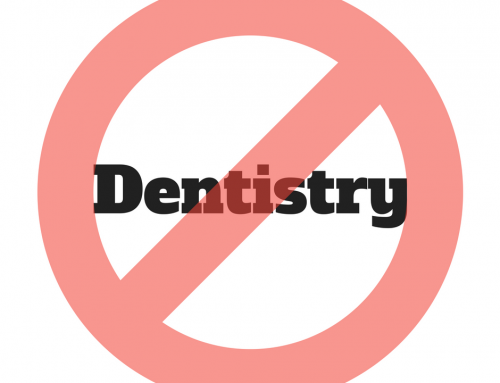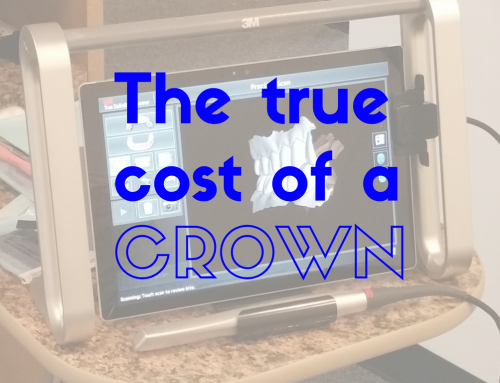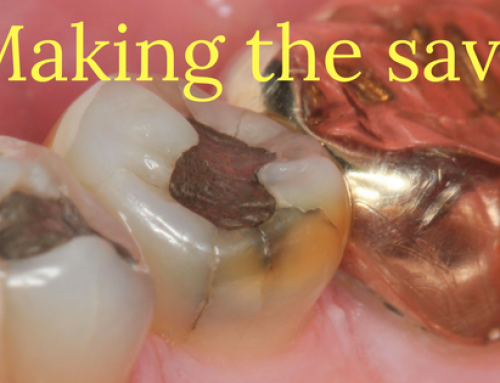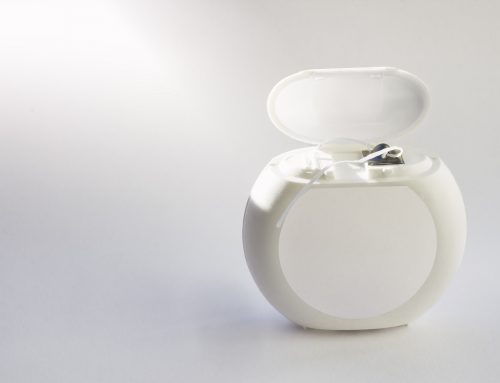Me: “Gloria, you have several cracks in this tooth. Some cracks need to be treated more aggressively than others. Unfortunately, the ones I’m seeing here are some that I would recommend you treat right away.”
Gloria: “Really, doc? I’m not having any trouble with it at all. Do I really need to fix it?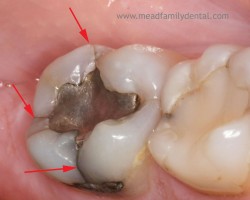
I have this conversation quite often. When I suggest to the patient that now is the time to treat what I’m seeing it makes me feel kind of salesy, if you know what I mean. I just created a problem in the patient’s mind that they didn’t have a moment before. Just a minute ago the patient had been enjoying their clean and “just polished” teeth while hoping I wouldn’t come in and find anything expensive to fix.
Here’s the problem. I use at least 6.0x magnification and a ridiculously bright LED headlight for every procedure or exam that I do. At least. Sometimes I use my dental operating microscope which can bump the magification up to 20x along with the insanely bright plasma light source. But I digress. In any case, I see a lot. I have to use the judgement and experience that I’ve gained through 15 years of treating patients and learning new things to decide what’s important enough to suggest treating to the patient and what’s not all that important. This is not an easy job. Often I wish the patient could just see what I’m seeing.
Showing the patient what I can see isn’t as easy to do than you would think. Over the years I’ve used handheld mirrors, patient education software, intraoral cameras, digital SLR cameras of all types among other things to help the patient visualize what I’m seeing. I’ve found that I can explain things much more easily when they have a picture of what I’m describing. According to neuroscientist John Medina vision trumps all other senses. We humans are visual animals. A pretty big part of our oversized brains is used to process the visual images that our amazing eyes take in. We understand things better when we can see them. Or at least when we can form a picture of them in our mind.
Back to my somewhat awkward conversation with my patient. She thought everything was great with her teeth. They were smooth and shiny and pain free. Then I come in and tell her that I see a problem that she should probably fix that’s going to cost her money that she’s rather spend elsewhere. How does she know I’m not trying to sell her something that she doesn’t really need? If she listens to the news she may think that I’m just making up treatment in order to charge her a bunch of money! How can I help the patient understand her dental problems?
First, if I have a relationship with the patient and she trusts my motives, that helps a lot. Secondly, I try to show her a picture of what I’m seeing. Not only can she picture the problem, she sees that I’m not just making stuff up in order to do treatment on her. Most recently I’ve been using a digital SLR camera wirelessly connected to an iPad. This is a very elegant solution because the patient can instantly see the image come from the camera onto the iPad screen. I can show them the problem that I’m seeing at high magnification without the patient having to be leaned back with their mouth open. They can point, zoom and move the image around to ask questions I might not have thought to answer. It helps make the patient part of the diagnosis process. No longer does the patient have to “take my word” about a problem. They can “touch it” as well as see it.
Dental patients should demand this kind of technology from their providers. It’s no longer good enough to just take the doctor’s word for it. When a patient can own their diagnosis, they can own the treatment and make better decisions. Health care and dentistry continues to become more expensive, so we need to be better consumers. These kinds of pictures really are worth a thousand words for well informed patients!
Did you find this post helpful? Enlightening? I’d love to hear about it! You can share any Mead Family Dental post with a “Like” on Facebook, a “+1″ on Google+ or you can even “Tweet” it with Twitter! All you need to do is hover over the heart shaped button next to the title of the post. Or you can leave a comment by clicking on the balloon shaped icon next to the title.
If you’re looking for a dentist in Saginaw, we’re always happy to accept new patients! You can request an appointment online or call the office at (989) 799-9133. And, as always, you can email me at alan@meadfamilydental.com. I always answer my own emails!

